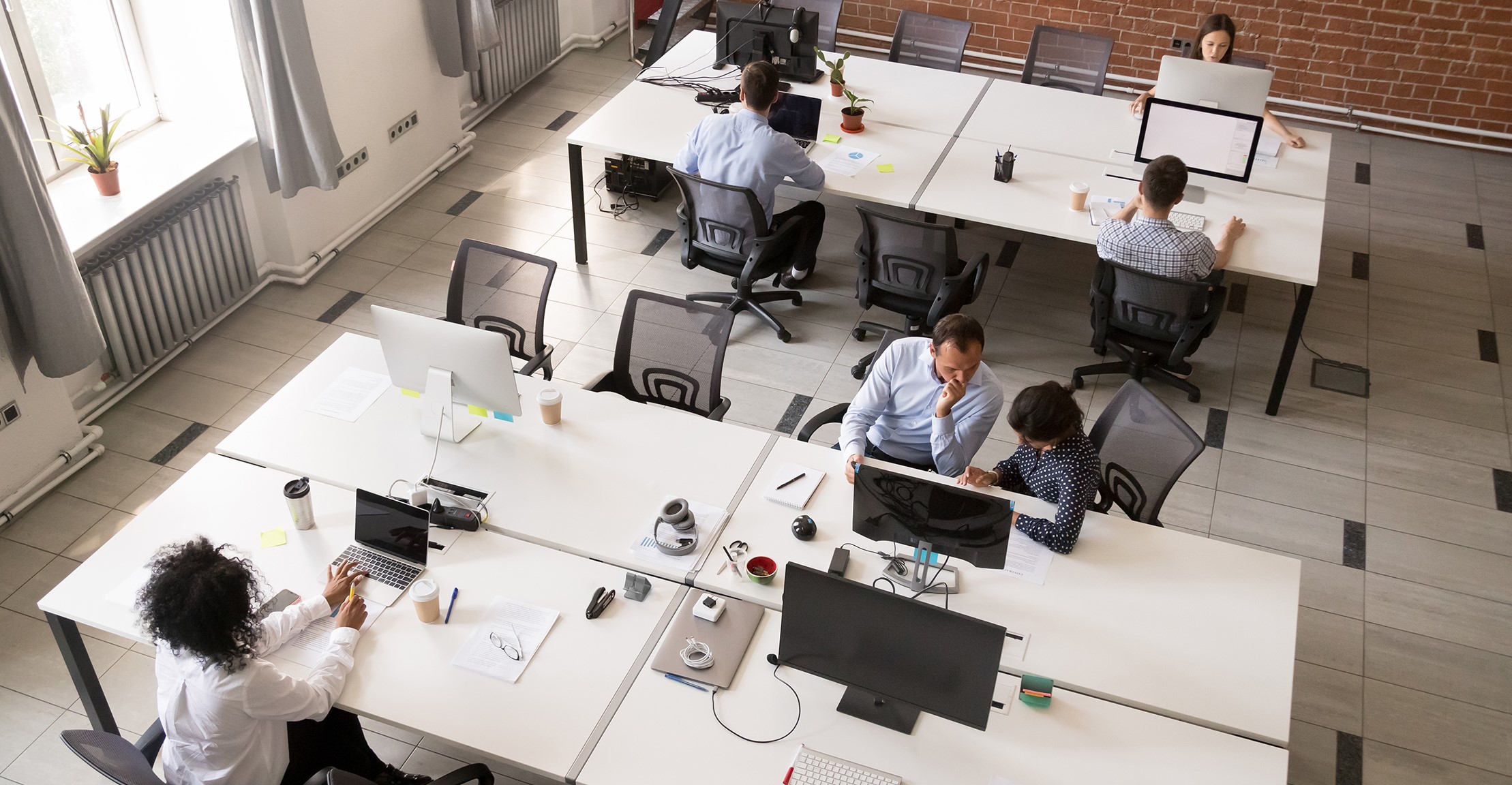Concerns about the resilience of the office building industry have grown since the start of the pandemic. The low rate of return to office has led to rising vacancy levels. The rise in interest rates has been the scapegoat for many as it has increased the cost of buying and refinancing real estate, while squeezing values.
While the number of office owners defaulting on their loans is increasing, most Developers believe that the future looks uncertain as the policy of tightening interest rates by central banks has so far not borne fruit.
Until now, most landlords have been able to stay on top of their mortgages because office leases typically last 10 years or more and lenders have been willing to extend expiring mortgages.
The growing number of distressed office buildings reflects the fact that the return to office that owners and lenders were hoping for may never materialize. The number of workers returning to the office has stabilized at about half of pre-pandemic levels, reflecting the popularity of remote and hybrid work policies. The possibilities offered by technology increase the owner's woes.
There's a high risk of negative impact in the financial system
Real estate consultancy Cushman & Wakefield predicts the US will end the decade with a record 110 million square meters of vacant space, compared with 68.8 million square meters in 2019. Landlords believe higher-quality office space in good locations is still to attract demand. And even that the economic downturn would give managers arguments to bring employees back to the office, without anyone believing that office use will return to its pre-pandemic rate.
"The economy built all this office space for a workforce that was going to the office more often," said Kevin Thorpe, chief economist at Cushman. "With the new data most businesses simply don't need as much office space as before."
For most landlords, losing buildings to creditors following a default would be painful but not catastrophic, as many investors have portfolios in which the buildings are separate financial entities (SPVs).
But “the fallout from the foreclosures is likely to hit the financial system hard as about $1.2 trillion. debt was backed by office buildings alone at the end of the third quarter last year, according to Trepp. And while the default rate for office building loans backed by mortgage-backed securities remains low, it is rising rapidly.















